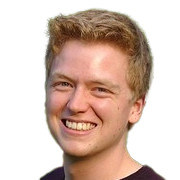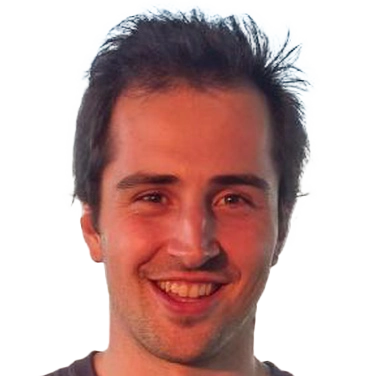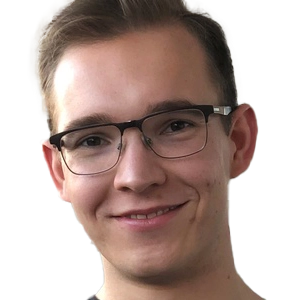Research Group Steffen Schneider
Steffen Schneider
leads the Dynamical Inference Lab at Helmholtz Munich.
He is working on machine learning algorithms for representation learning and inference of nonlinear system dynamics. His team applies these algorithms to model complex biological systems in neuroscience, cell biology and other life science applications.
Recent News @MCML
Publications @MCML
2025
[5]

J. Choi • H. Lim • S. Schneider • J. Choo
ConceptScope: Characterizing Dataset Bias via Disentangled Visual Concepts.
NeurIPS 2025 - 39th Conference on Neural Information Processing Systems. San Diego, CA, USA, Nov 30-Dec 07, 2025. To be published. Preprint available. URL
ConceptScope: Characterizing Dataset Bias via Disentangled Visual Concepts.
NeurIPS 2025 - 39th Conference on Neural Information Processing Systems. San Diego, CA, USA, Nov 30-Dec 07, 2025. To be published. Preprint available. URL
[4]

T. Schmidt • S. Schneider • M. Bethge
Equivariance by Contrast: Identifiable Equivariant Embeddings from Unlabeled Finite Group Actions.
NeurIPS 2025 - 39th Conference on Neural Information Processing Systems. San Diego, CA, USA, Nov 30-Dec 07, 2025. To be published. Preprint available. URL
Equivariance by Contrast: Identifiable Equivariant Embeddings from Unlabeled Finite Group Actions.
NeurIPS 2025 - 39th Conference on Neural Information Processing Systems. San Diego, CA, USA, Nov 30-Dec 07, 2025. To be published. Preprint available. URL
[3]

M. F. Dasdelen • H. Lim • M. Buck • K. S. Götze • C. Marr • S. Schneider
CytoSAE: Interpretable Cell Embeddings for Hematology.
MICCAI 2025 - 28th International Conference on Medical Image Computing and Computer Assisted Intervention. Daejeon, Republic of Korea, Sep 23-27, 2025. DOI GitHub
CytoSAE: Interpretable Cell Embeddings for Hematology.
MICCAI 2025 - 28th International Conference on Medical Image Computing and Computer Assisted Intervention. Daejeon, Republic of Korea, Sep 23-27, 2025. DOI GitHub
[2]

R. G. Laiz • T. Schmidt • S. Schneider
Self-supervised contrastive learning performs non-linear system identification.
ICLR 2025 - 13th International Conference on Learning Representations. Singapore, Apr 24-28, 2025. URL
Self-supervised contrastive learning performs non-linear system identification.
ICLR 2025 - 13th International Conference on Learning Representations. Singapore, Apr 24-28, 2025. URL
[1]

H. Lim • J. Choi • J. Choo • S. Schneider
Sparse autoencoders reveal selective remapping of visual concepts during adaptation.
ICLR 2025 - 13th International Conference on Learning Representations. Singapore, Apr 24-28, 2025. URL
Sparse autoencoders reveal selective remapping of visual concepts during adaptation.
ICLR 2025 - 13th International Conference on Learning Representations. Singapore, Apr 24-28, 2025. URL
©all images: LMU | TUM



